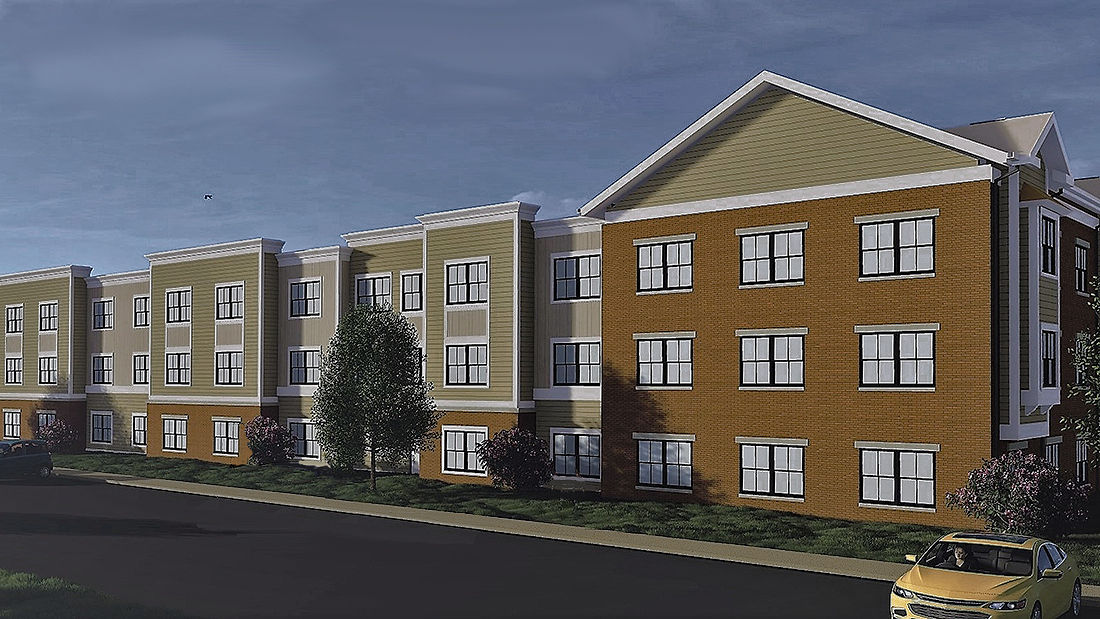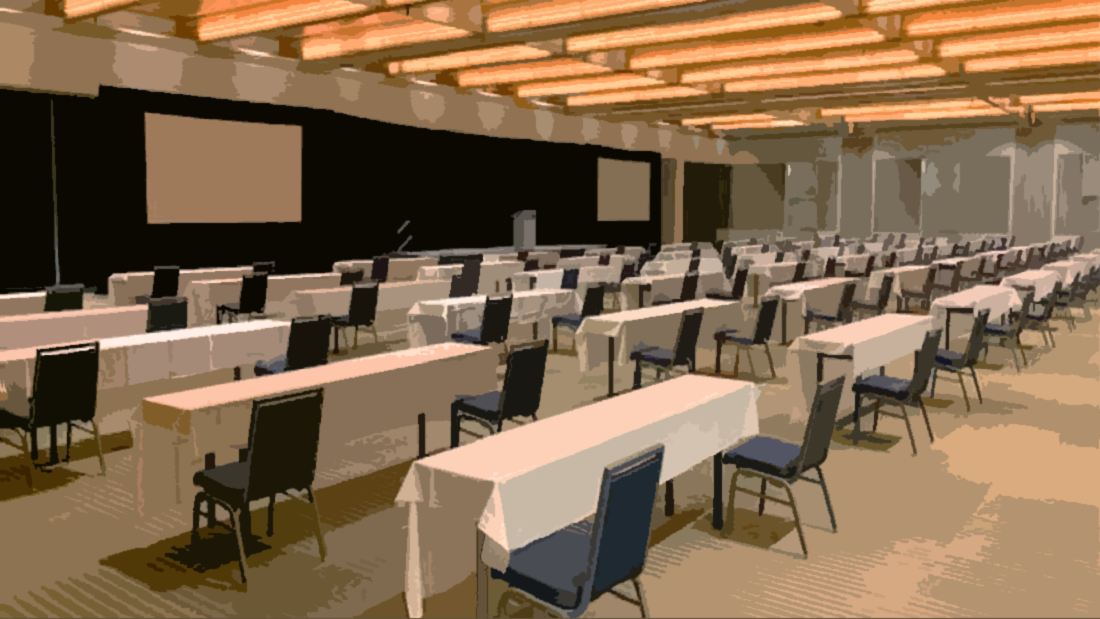Senior Housing at Record Low Occupancy
Senior housing at record low occupancy during the 3rd Quarter of 2020 according to the National Investment Center for Seniors Housing & Care (“NIC”). According to this new data, the seniors housing and care sector is now experiencing its largest drop in occupancy on record.
Key findings from NIC’s report show varying occupancy levels for the categories of senior housing types, including:
- Senior housing occupancy averaged 82.1% during the third quarter of 2020, down about 265 basis points from the prior quarter.
- The occupancy rate for independent living properties and assisted living properties averaged 84.9% and 79.1% during the third-quarter, respectively.
- The occupancy rate for nursing care properties averaged 76.0% in the third quarter of 2020.
NIC publishes its Market Fundamentals report each quarter. The Market Fundamentals report compiles current quarter data from more than 15,000 seniors housing and care properties in 140 U.S. metro markets. NIC’s Market Fundamentals report is prepared by its MAP® Data Service (established in 2004), which seeks to provide reliable and objective time-series data that investors, operators, and analysts can use to make informed investment decisions. With each quarterly report, data is summarized for independent living, assisted living, memory care, and nursing care facilities.
The National Investment Center for Seniors Housing & Care (NIC) is a nonprofit 501(c)(3) organization whose mission is to support access and choice for America’s seniors by providing data, analytics, and connections that bring together investors and providers.





